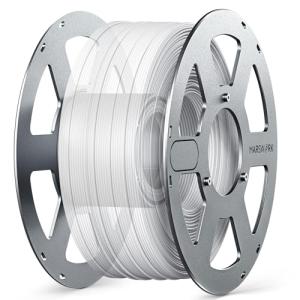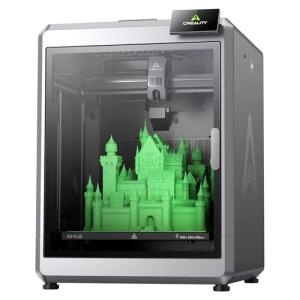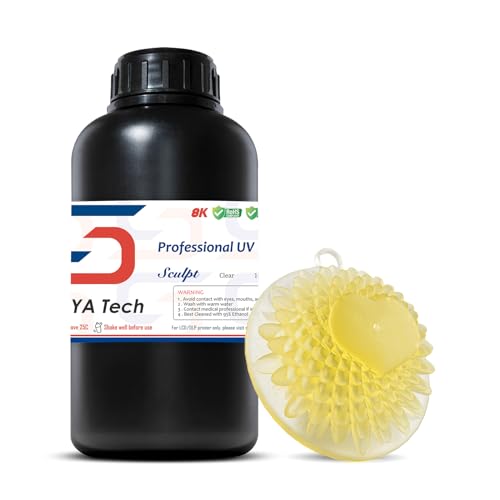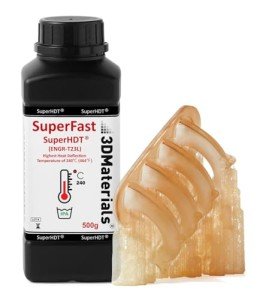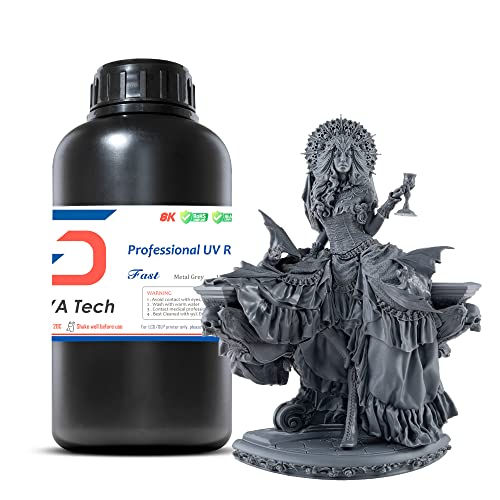Choosing the right 3D printing material can make or break your project. Different materials have unique properties that suit various applications. Let’s break down some of the most popular options out there.
PLA (Polylactic Acid) is a go-to choice for beginners. It’s plant-based, so it’s a bit eco-friendly. PLA is super easy to print with and works well for detailed models. It’s perfect for prototypes or decorative items. Just keep in mind it might not hold up as well in heat, so steer clear if you’re making something that’ll get hot.
ABS (Acrylonitrile Butadiene Styrene) is tougher and has a higher melting temperature than PLA. It’s awesome for functional parts and stuff that needs to be durable. However, it can be a little tricky to print with, as it might warp while cooling. If you can manage that, it’s solid for making toys, automotive parts, and anything that needs a little strength.
PETG (Polyethylene Terephthalate Glycol-Modified) brings the best of both worlds. It’s tough like ABS but easy to use like PLA. It’s resistant to moisture and chemicals, which makes it great for practical applications like containers and parts that might see action outdoors. If you’re unsure of what to use, PETG is a safe bet.
If you need something even fancier, there’s TPU (Thermoplastic Polyurethane). This flexible material bends without breaking, making it perfect for phone cases, gaskets, and any item that needs to flex a bit. Think of TPU as your go-to choice for anything that needs some stretch.
Understanding Your Project Needs
Choosing the right 3D printing material starts with understanding what you need for your project. Are you making prototypes, functional parts, or decorative items? Each project has its own demands, and the material you pick can make a huge difference in the outcome.
First, consider the purpose of your print. For prototypes, you might want something that's easy to work with, like PLA. It’s user-friendly and perfect for printing detailed designs. If you’re after strength and durability for functional parts, ABS might be your go-to. It’s tough and can withstand higher temperatures.
Next, think about the environment where your print will be used. Will it be exposed to moisture or chemicals? Materials like PETG or nylon can handle harsh conditions better than others. If your project is just for display, you can go for aesthetic options like resin, which gives a beautiful finish.
Don’t forget about the printing process itself. Some 3D printing materials require special settings or equipment. Make sure your printer can handle the material you choose. Whether it’s bed temperature or nozzle size, knowing your printer’s capabilities saves you a lot of headaches.
Lastly, consider your budget. Some materials can be pricey, so it’s important to find a balance between quality and cost. Take some time to explore different options to make sure you get the right 3D printing material that fits your project's needs without breaking the bank.
MarsWork Reusable Aluminum Spool for 3D Printing
Say goodbye to waste and keep your filament neat and tidy with this handy reusable aluminum spool
Product information
$52.04
Product Review Score
4.64 out of 5 stars
10 reviewsProduct links
Picking the Right Material for Beginners
Picking the right material for your first 3D printing project can feel a bit overwhelming, but it doesn't have to be. Understanding the basics of 3D printing material will set you up for success. Most beginners start with PLA, which is super friendly and great for those just getting their feet wet. It's easy to print, has a low chance of warping, and is biodegradable. Plus, you can find it in tons of cool colors!
Once you get comfortable with PLA, you might want to explore other options. ABS is another popular choice, especially if you’re looking for something more durable. It’s used in a lot of everyday items, like Lego bricks! Just keep in mind, it does require a heated bed and can emit fumes, so it’s best to print it in a well-ventilated space.
If you’re feeling a bit adventurous, you might want to try PETG. This 3D printing material is a fantastic middle ground. It’s sturdy, has good flexibility, and resists moisture. Plus, it doesn’t give off as many fumes as ABS. Many makers love it for functional parts!
Finally, if you want to create something special, consider specialty filaments like TPU for flexibility or wood filament for a unique finish. These can be fun to experiment with once you’ve nailed down the basics. Remember, each material has its quirks, but the learning process is all part of the fun!
Creality K2 Plus 3D Printer with Fast Multi-Color Printing
Experience vibrant, high-quality prints with lightning-fast color change capabilities
Product information
$999.00
Product Review Score
4.74 out of 5 stars
214 reviewsProduct links
Tips for Easy Material Selection
Choosing the right 3D printing material can feel overwhelming, especially with so many options out there. Don’t worry, though! Let’s break it down into simple tips that’ll make your selection process a breeze.
First, think about what you plan to create. For prototypes and fun projects, PLA is a solid go-to. It’s user-friendly, biodegradable, and comes in a bunch of colors. Need something tougher? ABS is your friend. It can handle heat and stress, making it perfect for functional parts.
Next, consider the printer you’re using. Some machines work best with specific materials, so check compatibility. If you have a high-end printer, you might want to explore materials like PETG or TPU for flexible items. Always make sure your printer can handle the temperature and settings for the 3D printing material you choose.
Don’t forget about the finishing. Some materials like nylon may require extra care after printing. If you want a smooth finish or need to sand your project, materials with easy post-processing options save you time and hassle. Spend a little extra time on this step to get the look you want!
Finally, think about your budget. Some materials like specialty filaments can be pricier. If you’re experimenting, stick with more affordable options until you nail down your design. This way, you won’t break the bank while learning the ropes of using different 3D printing materials.
